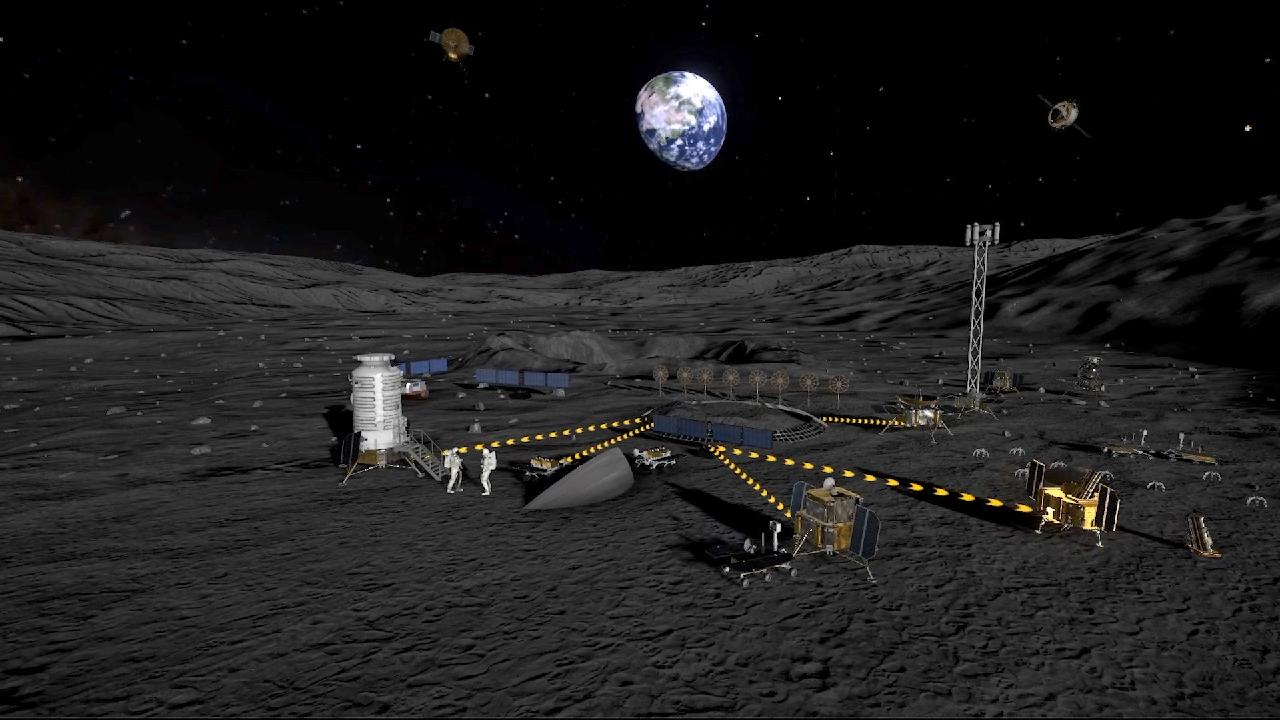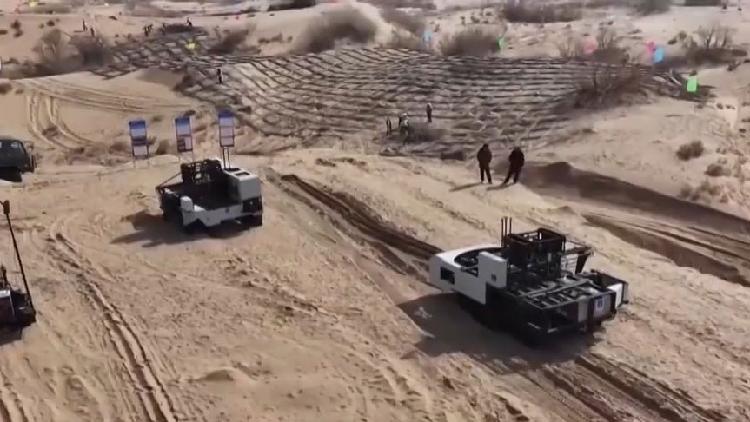China presents plan for global moon research base
China plans to build an international lunar research station (ILRS) that will connect the moon's south pole, equator, and far side by 2050, as stated by a prominent engineer in the nation's space sector.

Wu Yanhua, the chief designer of the significant Chinese deep-space exploration project, outlined the plans for an expandable and maintainable system designed for long-term robotic operations and intermittent human involvement on the moon. He made his announcement during a speech at the second International Deep Space Exploration Conference held in Tunxi, Huangshan City, in eastern China's Anhui Province.
Wu extended an invitation to countries around the globe to join the program at various levels, including concept studies, equipment development, system designs, and mission planning.
The ILRS, envisioned as a scientific experimental facility with components on the lunar surface, in lunar orbit, and on Earth, is designed to be constructed in two phases. The initial phase, focusing on a basic model, is set to be established by 2035 in the lunar south pole region, while the extended model is slated for completion around 2050.
According to Wu, the extended model will consist of a robust lunar station network, with the lunar orbit station acting as the central hub and the south pole station as the primary base. It will also feature exploration nodes on the lunar equator and the far side of the moon.
The extended model aims to establish a foundation for future manned landings on Mars, Wu indicated, revealing that China intends to send astronauts to the moon by 2030.
In his address, Wu detailed the proposed components of the ILRS, which will be powered using solar, radioisotope, and nuclear generators. The plan includes the development of lunar-Earth and high-speed communication networks, as well as various lunar vehicles, such as a hopper, an unmanned long-range vehicle, and both pressurized and unpressurized manned rovers.
Wu also highlighted the ongoing development of orbital and lunar-surface refueling stations, a launch vehicle, an orbiter, a landing-and-ascent vehicle, and a return capsule to facilitate transportation between Earth and the moon.
Read more: China's lunar research station initiative welcomes new global partners.
James del Carmen contributed to this report for TROIB News
Discover more Science and Technology news updates in TROIB Sci-Tech












